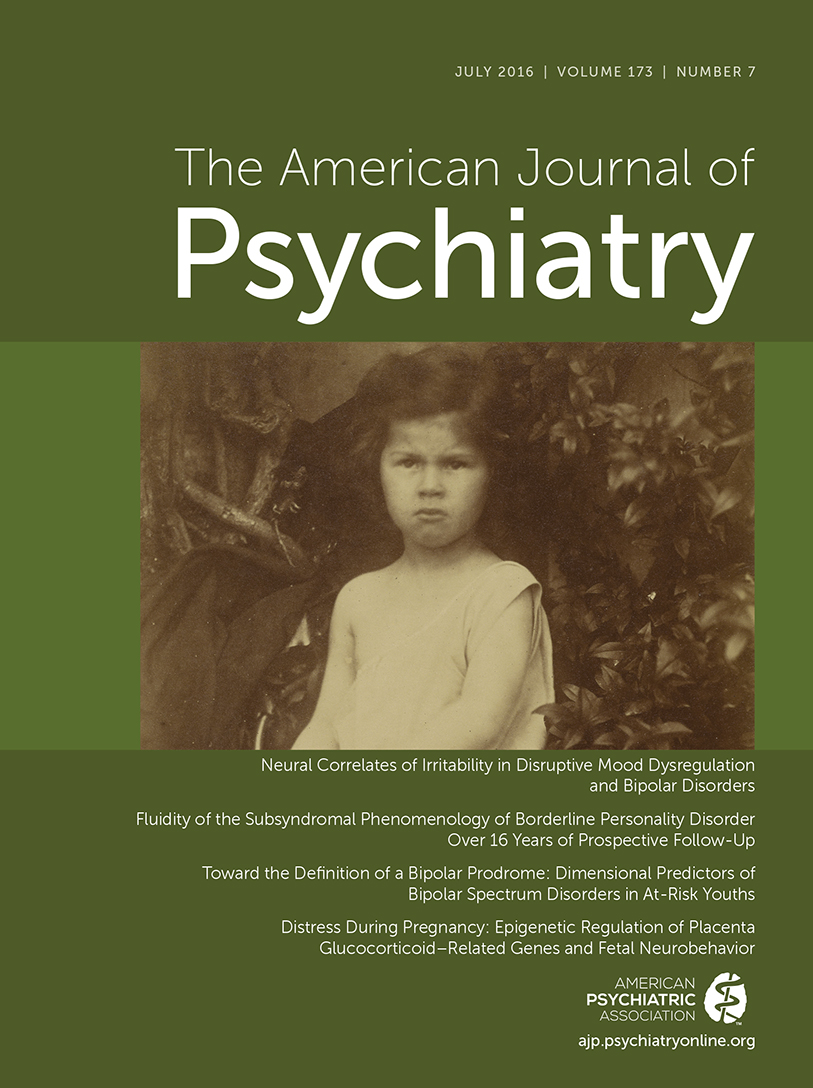Response to Kellner and Farber: Addressing Crossover of High-Dose Right Unilateral ECT to Bitemporal ECT
To the Editor: We thank Dr. Kellner and Ms. Farber for their comments on our trial report of different forms of brief-pulse ECT for depression. They raise the important clinical issue of what to do if a patient does not respond sufficiently well to unilateral ECT. Intuitively, we would have agreed that switching to bitemporal ECT makes sense. However, there is actually little in the way of high-quality randomized controlled trial evidence to help guide us with regard to high-dose (6× threshold) unilateral ECT.
Including our own pragmatic noninferiority trial, there have now to our knowledge been seven randomized trials that involved comparisons between high-dose (6×–8× threshold) unilateral and low- to moderate-dose (1.0×–2.5× threshold) bitemporal ECT for depression (1). We performed a meta-analysis of these data (number of patients, 792), and our preliminary unpublished data show that both forms of ECT had similar outcomes on Hamilton Depression Rating Scale scores and on remission rates (approximately 52% for high-dose unilateral patients and 53% for bitemporal ECT patients), while high-dose unilateral ECT still had some cognitive advantages. Thus, the proportion of nonremitters is the same with both forms of ECT, at least for persons who are capable of participating in trials.
Only one of these trials (N=319) specifically reported crossover outcomes based on the original ECT assignation (2). This trial compared high-dose (6× threshold) unilateral ECT with bitemporal ECT (1.5× threshold), and it studied the role of concomitant antidepressant use. Sixty patients deemed not to have shown “substantial improvement” after eight or more ECT sessions were crossed over to higher dose (2.5× threshold) bitemporal ECT, which we know increases cognitive side effects (3). Of these, 31 were initially randomized to high-dose unilateral ECT, and 15 (48%) remitted, while 11 (38%) of the 29 initially bitemporal patients remitted. With the caveats that the trial was not designed to test the efficacy of crossover and that this is a secondary analysis, there is not a significant difference between the groups on this outcome.
To our knowledge, no randomized trial data are available on the crossover from high-dose unilateral ECT to bitemporal ECT at 1.5× threshold, the most commonly used form of bitemporal ECT in recent relevant trials. Nor are there trial data for crossover from bitemporal to high-dose unilateral ECT, which happens occasionally in clinical practice when cognitive side effects are not tolerable.
Dr. Kellner and Ms. Farber remind us that in clinical practice we deal with individual patients. One size of ECT clearly does not fit all. Therefore, some clinical judgment, based on available evidence as well as informed patient preference, is required. For severely ill patients with life-threatening depression, extreme distress, and/or catatonia who typically do not participate in randomized trials, we recommend starting with bitemporal ECT at 1.5× threshold, as this may have a more rapid effect (4). However, non-life-threatening treatment-resistant depression is a much more common indication for ECT. For such patients, based on the evident ratio of harm to benefit, we would recommend beginning with high-dose unilateral ECT. If the patient feels that there is insufficient benefit, then the patient could be switched to bitemporal ECT, initially at 1.5× threshold. In all these scenarios, if there is no benefit from the crossovers, one could consider 2.5× threshold bitemporal ECT, although there is no evidence that this is better than 1.5× threshold bitemporal ECT. However, it may act more rapidly than bitemporal ECT at just 1.0× threshold (5).
1 : Bitemporal versus high-dose unilateral twice-weekly electroconvulsive therapy for depression (EFFECT-Dep): a pragmatic, randomized, non-inferiority trial. Am J Psychiatry 2016; 173:408–417Link, Google Scholar
2 : Effect of concomitant pharmacotherapy on electroconvulsive therapy outcomes: short-term efficacy and adverse effects. Arch Gen Psychiatry 2009; 66:729–737Crossref, Medline, Google Scholar
3 : Unilateral brief-pulse electroconvulsive therapy and cognition: effects of electrode placement, stimulus dosage and time. J Psychiatr Res 2011; 45:770–780Crossref, Medline, Google Scholar
4 : Bifrontal, bitemporal and right unilateral electrode placement in ECT: randomised trial. Br J Psychiatry 2010; 196:226–234Crossref, Medline, Google Scholar
5 : Effects of stimulus intensity and electrode placement on the efficacy and cognitive effects of electroconvulsive therapy. N Engl J Med 1993; 328:839–846Crossref, Medline, Google Scholar



